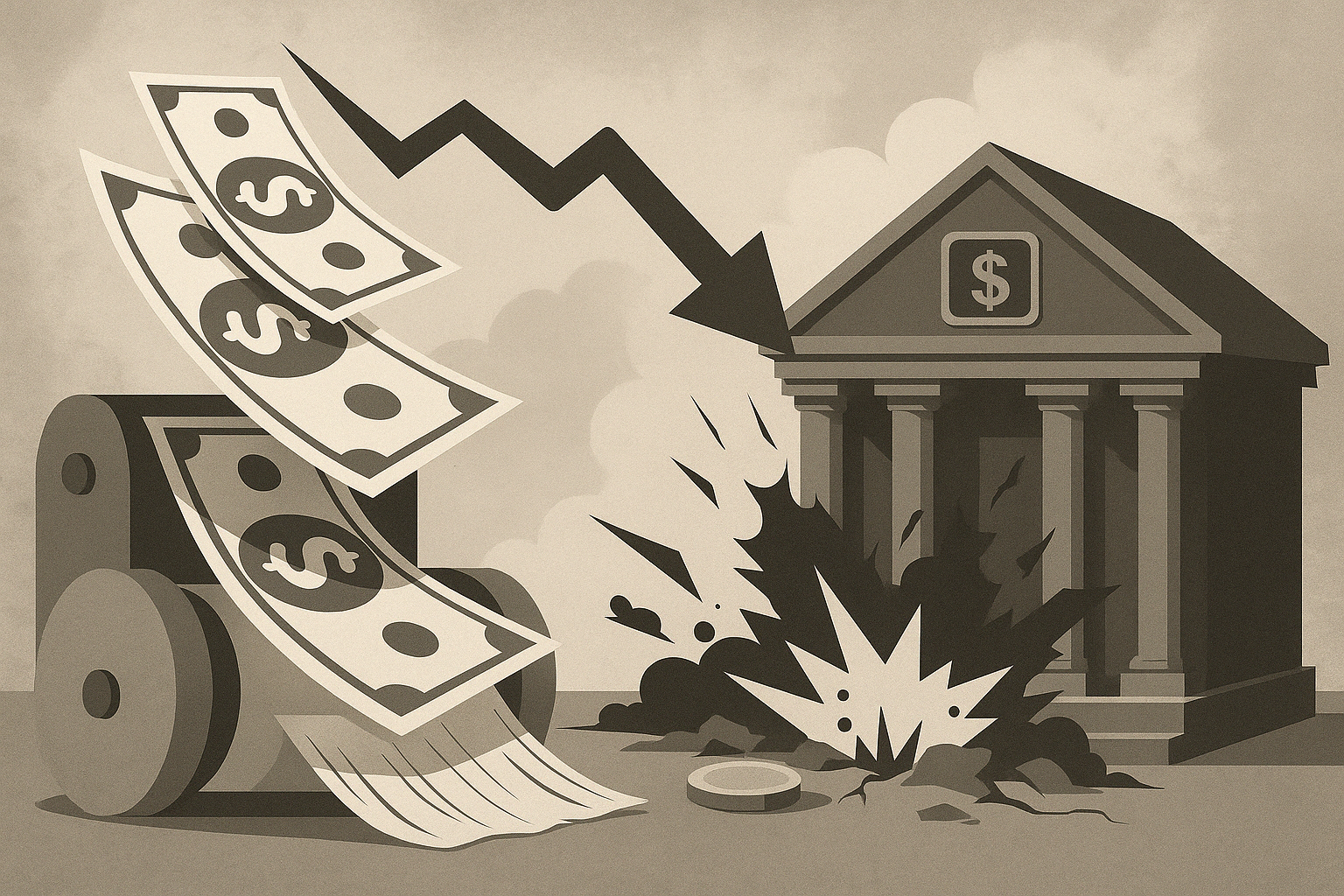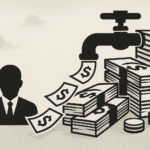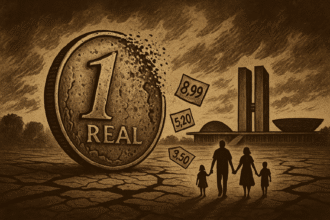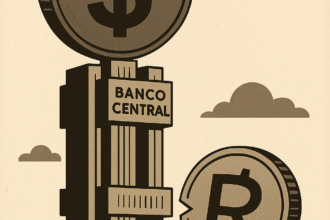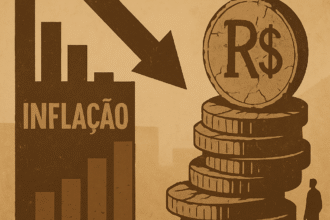When the government announces that it will “inject money into the economy”, many applaud.
The stock market rises, consumption grows, the graphs smile — and politicians pose as heroes.
But what looks like growth is actually inflation disguised as progress.
Wealth is not being created. It is being counterfeit.
In the series “What is Printing Money?”, we have already explained the technical mechanisms of monetary issuance【1】
and we show who wins and who loses from this system of forced redistribution【2】.
Now, let's expose one of the biggest economic myths of our time:
the belief that printing money creates real wealth.
💣 Money comes first, crisis comes later
Governments and central banks love money creation.
It allows us to stimulate consumption, artificially lower interest rates, finance public works and distribute subsidies — all without directly increasing taxes.
For a brief moment, it seems that the economy is growing.
Companies invest more.
People consume more.
The collection goes up.
But there is one uncomfortable detail: none of these decisions were based on real capital, savings or productivity.
It was all driven by artificial credit.
And that's where the problem lies.
📉 The vicious cycle of monetary expansion
Murray Rothbard was blunt:
“Credit expansion creates an artificial boom that inevitably ends in crisis.”
This is what the Austrian School calls economic cycle:
- The Central Bank injects liquidity, stimulating easy credit.
- Businesses and consumers make decisions as if there were more capital available.
- Entire sectors expand — construction, durable consumer goods, stock markets.
- But this growth is not sustainable, because it was not based on real savings.
- When prices rise, interest rates rise and investments fail — the bubble bursts.
The result?
Recession. Unemployment. Indebtedness. Bankruptcy.
And what's worse: another round of state intervention, with the promise of “stimulating the economy”.
📉 Paper growth, real misery
Several historical examples illustrate this destructive cycle:
- United States (2008): the subprime meltdown was caused by years of cheap credit promoted by the Federal Reserve.
- Argentina: chronic inflation, bubbles and periodic crashes after decades of uncontrolled printing.
- Venezuela: “growth” forced by money creation — until hyperinflation destroyed the value of the entire economy.
Print money never generated sustainable prosperity.
What generates real growth is work, savings and productivity.
🧠 Mises, Hayek and the critique of “easy money”
Ludwig von Mises warned that monetary expansion does not fix the problems of the real economy — it just camouflages them.
“Cheap credit leads to error. The investor thinks he is richer than he really is.”
Friedrich Hayek went further:
“You can’t make the economy grow indefinitely through inflation. That only distorts prices and destroys the vital signal of the market.”
For the Austrian School, prices and interest rates are like the heartbeat of the economy:
If you artificially interfere with them, you are inducing a breakdown.
🎭 The theater of monetary populism
Why, then, do governments keep doing this?
Why is popular.
It is easier to print money than to cut spending.
It is easier to manipulate credit than to reform the State.
It's easier to promise growth than to face reality.
And the population — uninformed or desperate — often applauds.
But this “growth” is just a artificial confidence bubble, sustained by the continuous printing of money.
When it bursts, the rich retreat and the poor pay the bill.
🔒 Real growth doesn't come from the printer
True prosperity only comes from a productive, free economy based on real capital.
There is no magic alternative.
There is no money trick.
There is no fiscal policy that can replace responsibility.
Print money can buy political time, but sells the future of the population.
🧭 Conclusion
Growth is not volume.
It is not an inflated GDP, immediate consumption or euphoric headlines.
Growth is value generated, preserved and reinvested responsibly.
And money printing — no matter how modern, digital or technocratic it may seem — remains a fraud with devastating effects.
💣 Believing that printing money generates growth is like trying to cure a fever by breaking the thermometer.
If you want to understand what really destroys the economy — and those who profit from it — subscribe to the newsletter Economic Radar.
